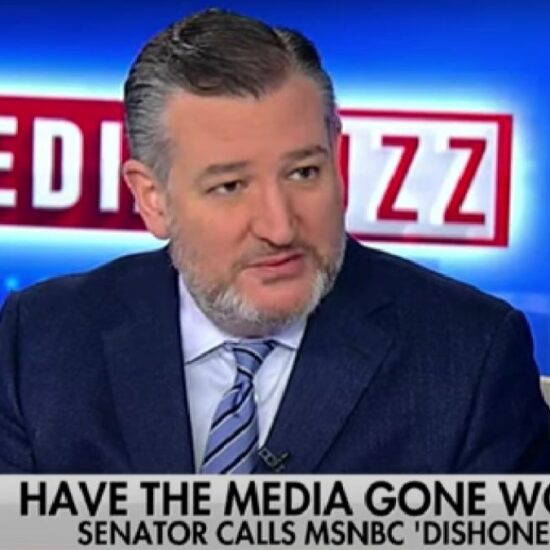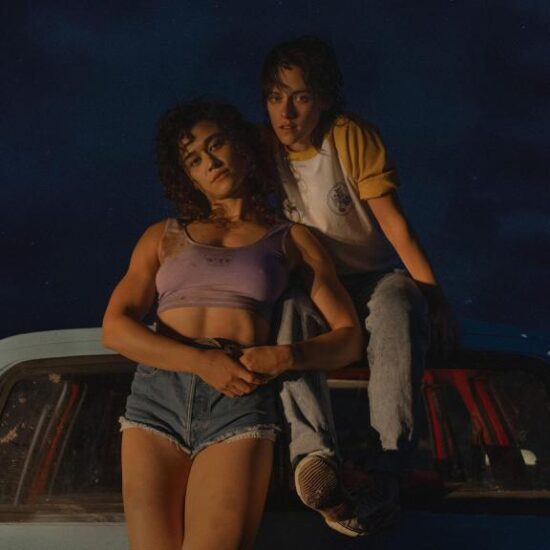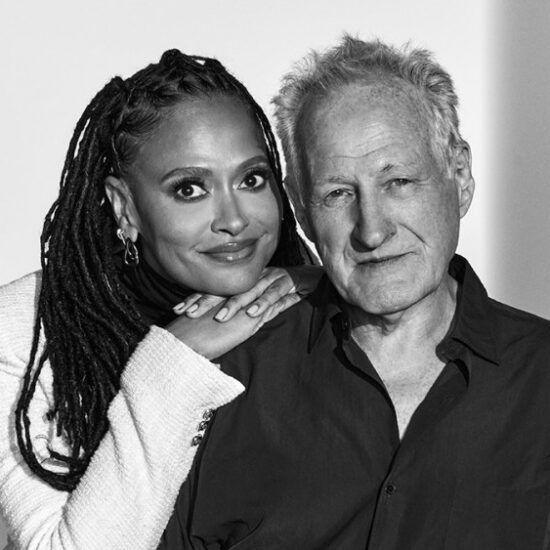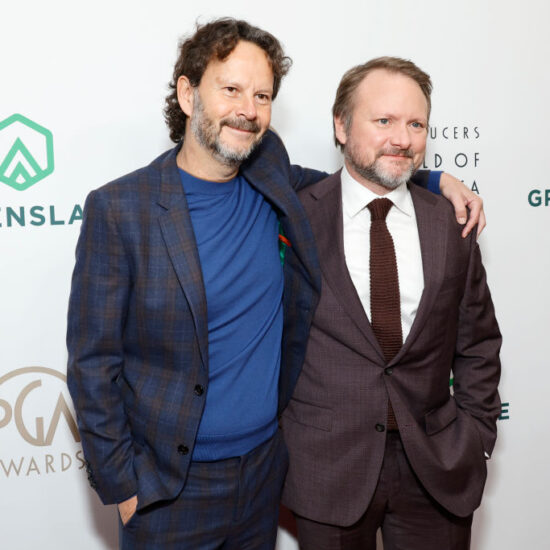
YouTube historically hasn’t been a good place to turn for information about health. Inaccurate or misleading videos are everywhere, research has shown, and the algorithm can push those videos to more people.
To shift that trajectory and give people more reliable health information, the platform launched a team last year to build relationships with medical groups, with the ultimate goal of adding videos with reliable health info to the platform. The team is led by Garth Graham, a cardiologist and former US Deputy Assistant Secretary of Health. He’s the director and global head of healthcare and public health partnerships at YouTube.
As another arm of those efforts, the YouTube health team last month launched a Personal Stories shelf, which surfaces relevant videos of people talking about their own experiences with a health condition someone might be searching for. To start, they’re featuring stories on cancer, anxiety, and depression. The feature was inspired by YouTube employee Maya Amoils, who died from ovarian cancer last year. After her diagnosis, she sought out connections with other people who were going through similar experiences.
“That kind of inspired a lot of this work, where we really were kind of trying to think through how you learn from other people’s personal journeys,” Graham told The Verge.
The Verge spoke with Graham about the new feature, the value of patient stories, and his approach to health misinformation on YouTube.
The following has been lightly edited for clarity.
When you’re thinking about misinformation on YouTube, you have two issues — how to combat misinformation and how to surface good information. How do you balance those?
I see them as two edges of the coin. I think that we need to be tackling medical misinformation by either removing or reducing what’s seen. But people still have questions and look for answers. So you have to make sure you have an adequate supply of information that allows people to engage appropriately.
I would say that that’s a lesson that healthcare learned at the 10,000-foot level with COVID-19. People have questions, and they want answers. They can’t get in touch with their local health authorities to ask them all the different questions they have, or they can’t get in touch with their clinician on a Tuesday night when they’re wondering, “What should I do next?”
How does the personal stories shelf connect with YouTube’s other work on improving what health information is available to people?
There are two kinds of tools and strategies that we’ve been employing here. One strategy before was to link people to information from your traditional evidence-based science services. Your hospital, your CDC, your government authorities.
People also want to hear about other journeys that individuals have had with particular diseases. The idea was to bring an authentic lived experience relevant to a specific physical or mental health condition that people search for. We’ve leaned more towards those kinds of experiences that, although authentic, help promote health information.
“People also want to hear about other journeys that individuals have had with particular diseases.”
Personal experiences can be comforting, but what works for one person might not work for everyone, and people sometimes pursue types of care that aren’t evidence-based. How do you vet personal stories to make sure they’re not spreading disinformation?
We have a team of clinicians. And we first start by making sure that it isn’t outside of the realm of what’s traditional evidence-based health information. Our basis is wanting to be sure that everything was clinically validated and screening for digital misinformation. But beyond that, we want to allow all the variations of kinds of experiences that people would have from a health perspective.
How are these types of stories different from other types of health information, and what have you learned from engaging with them?
People love to tell their story, and people love to listen to stories. Speaking as a clinician, we tend to have these conversations with patients about very important diagnoses, and then you leave and you go on to the next patient. And they’re left with all of these questions and emotions.
We talk about health literacy in a very unidirectional way: How do I produce information that patients understand? What’s the reading level? This is a different kind of communication that I think it takes into account, you know, age, demographics, gender, culture, but then it goes deeper to help people understand the experience with a disease.
As a clinician, is it more concerning if someone doesn’t have any information or if they have misinformation?
I see them both with equal concern. Misinformation leads patients down the wrong path. But I have also seen patients who have not received the information that would help them make the right decision and so don’t make the right decision. A lot of the time, we assume that if a person has done something wrong, there’s some negative intent on that. But a lot of times, people just aren’t empowered.
“A lot of times, people just aren’t empowered.”
How is combating health information similar or different to combating other types of misinformation on YouTube?
There are things that can cause harm. There are decisions and information that people can engage in that can cause harm. There are particular stakes at play that we take seriously.
And on the health side, combating misinformation is not just about removal because people still have questions. It has to do with engagement — how do you make good information engaging?













